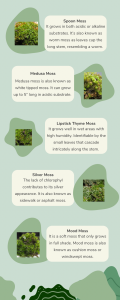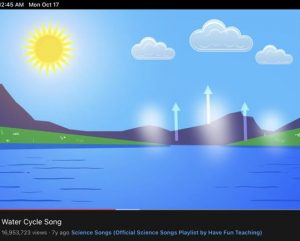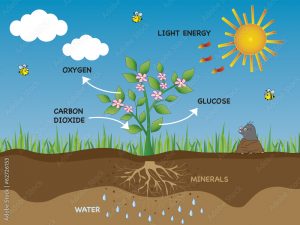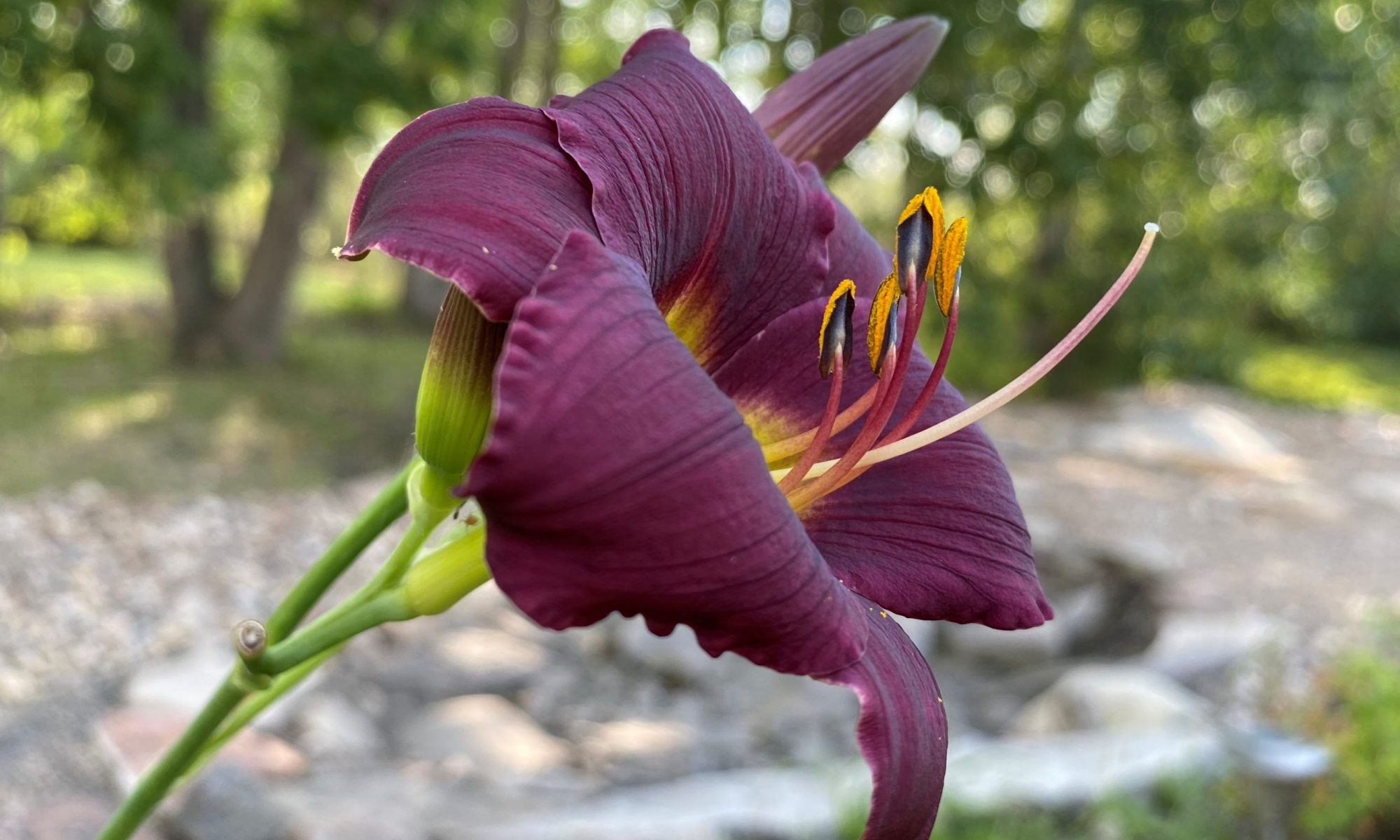Time for Research
This week I took some time exploring some online sources to learn more about the plant species within the various self-sustaining ecosystems I have created. I also took some time to refresh myself on the various processes taking place within the closed ecosystems.
Plants
Wild Mint
I took some time to find a video that showcases how to identify wild peppermint as I was pretty certain this was the plant growing in my tiny terrarium. Based on the identification characteristics provided by David’s Passage, I am now certain I harvested a peppermint plant from the shale river bed.
Identifying Characteristics:
- Plant has a strong minty smell, particularly when crushed. The mint taste will vary depending on the location in which the plant is growing.
- Peppermint grows along watery places and requires a reliable source of sunlight.
- The plant grows straight upwards and has a purple stem.
- Plant leaves are sharped toothed or serrated around the outside edge. Leaves grow in opposite-side pairs that alternate between north-south and east-west orientation (vice versa) up the stem. Top appears to be a cluster; however upon further examination one while still see the leaf pattern described above.
Moss
Common Terrestrial Moss Species (5:37)
The Urban Nemophilist produced a video exploring different kinds of land moss. I created an infographic using Canva to showcase my learning from this video.


Moss Evolution – A Lecture by Ralf Reski (8:36)
BioTechGermany uploaded Reski’s evolution of moss lecture to YouTube. Reski explains that there are around 120,000 different species of moss. They are miniature forests for even smaller species that live within. Moss has existed on Earth for millions of years and throughout this time the species have made little evolutionary progress. This is due to their innate adaptability qualities which enable them to survive drought and continue converting energy. Each species of moss requires varying needs in regards to temperature, pH, and nutrients.
The Hidden Superpowers of Moss (4:43)
The SciShow briefly explains the different superpowers of moss such as being used medicinally to absorb, sterilize, and heal wounds as well as being a primary source for carbon storage.
Medicinal Moss
Moss was found to be particularly useful during the wars. It served as a bandaid as it has high absorption levels. Additionally, the acidity level of the moss works to sterilize and kill off majority of bacteria.
Moss for Carbon Storage
“Moss bogs are huge reservoirs of stored carbon that play a major role in keeping our climate stable” (SciShow, 3:44). Carbon is stored in moss via the process of photosynthesis. Carbon releases can occur in large quantities if the peat layer is exposed to dry out, resulting in the bog catching fire.
Biogeochemical Cycles
Water Cycle
The terrariums provide a really simple visual for the water cycle. It shows how the water is filtered through the soil before evaporating when the jar is warmed by the sun. This is then followed by a condensation period where it collects on the glass of the jar. When there is enough condensation, precipitation occurs in the form of a water droplet descending the side of the terrarium wall.

Carbon Cycle
Plants play an important role in the carbon cycle as they absorb carbon dioxide to use in the process of photosynthesis. Two critical processes of the carbon cycle seen within the terrariums are cellular respiration and photosynthesis.
Photosynthesis
Plants acquire their energy via photosynthesis. This is a chemical process involving water, carbon dioxide and sunlight to be used to create energy for plants in the form of glucose for plants. The stomata on plants surfaces allow carbon dioxide to enter the plant to get to the chloroplast where photosynthesis occurs. The plant then undergoes a chemical reaction in which it takes carbon dioxide, water, and sunlight are used to create glucose and oxygen. The oxygen is released into the atmosphere while the glucose is used to provide energy for the plant.

Soil Sequestration
“Soil contains the largest biologically available pool of carbon on the planet” (Soil Carbon Sequestration, 1:44). Carbon soil sequestration is the process in which carbon is stored within the soil. Carbon provides soil it’s rich, dark colour, known as humus. Humus is essential for enriching the soil which promotes greater crop production, water retention, as well as nutrient cycling and decomposition.
If you are interested in learning more about the carbon cycle, I recommend checking out the following videos:

Hey Kaelynn,
Your blog post was every educational, i liked how you add videos for each of the topics you talked about. Is there any other type of plant or moss that you might be growing in your terrarium, that you don’t know what it is yet?
Hey – thanks for your question. I am pretty sure there are a few other mosses within the terrariums that I have yet to identify. I am not sure how to go about identifying them. I am considering watching more videos or seeing it there is a moss identification app I can use.
I always feel like I’m learning so much from your posts, it’s like a mini biology lesson haha. I think this is such an inspiring project for classroom use as it’s clearly able to teach so many different things. I was wondering what happens to the terrarium after a long period of time. Is there a chance that the moisture is too much and the plants rot? Or does it only produce what it needs? Also do the plants grow and new plants sprout from old ones? Thank you for sharing such an interesting project with us all!
Great questions Ava! These are questions that I have been analyzing throughout my project. As of currently, the moisture content seems to be appropriate in all of the terrariums; however I am noticing that in the shale ones that there is much less moisture than what it started with. I am paying closer attention to this terrarium in case it needs some additional water added to the ecosystem. On the other hand, in my charcoal terrarium, I noticed that when the moisture content is higher, more water filters to the bottom of the terrarium. In regards to plant rot due to moisture levels, I do believe this plays a critical factor within the terrarium. I have noticed that specific leaves touching the glass tend to rot off. This factor may be used to explain why the flowers moulded instead of becoming shrivelled. In regards to your plant question, it appears to be a little bit of both. The original plants have continued to grow and fill up the available space within the terrarium, while new plants that seem to be unconnected to originals sprout up around it.
Hey Kaelynn! I just wanted to start off by saying wow! Your blog post was very informative. I gained a lot of new knowledge by reading it. It looks like your learning project has really been a positive experience for you because you are obviously learning a lot! I love the Canva infographics that you created, Great job!
Thank you Jasmine! I have absolutely loved engaging in my learning project.